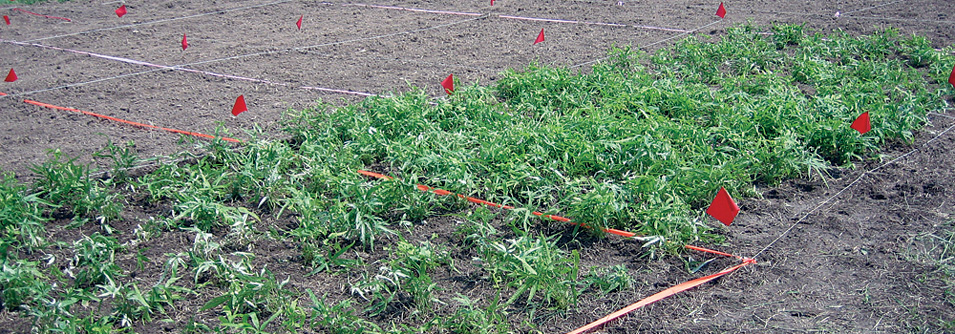
Environmental Initiatives / Studies
Phytoremediation Pilot Study
FMC conducted a Pilot Phytoremediation Study on agricultural land north of the plant site and on two residential plots to determine if plants could be used to absorb arsenic from the soil. While several species of plants were used, most varieties were not compatible with Western New York’s growing conditions. Local pests also proved to be problematic.
Study plants were harvested in the fall of 2008 and samples of the plants collected were evaluated to determine uptake of arsenic from the soil. The remainder of the plants was destroyed in an approved disposal facility. The soil where the plants were planted was retested in order to help determine what amount of arsenic they may have absorbed from the soil. Results of the study were shared with the community.
Phytoremediation uses plants to transfer contaminants from the soil into the plant. There were multiple plantings of different types of plants as part of this new study.
Plants can clean up contaminants in soil as deep as their roots can go. Once inside the plant, the contaminants can be stored in the roots, stems or leaves. Afterward, they are harvested and destroyed at approved disposal facilities.
Phytoremediation is being used by the United States Environmental Protection Agency (EPA) at several superfund sites. As part of the study, Cornell University was asked to perform bench-scale testing to identify possible amendments that may improve the arsenic uptake from the test soils in the various plants that will be used.
Phytoremediation requires less equipment and labor than other forms of remediation. FMC will keep the community informed of the study’s progress. FMC submitted the proposal to the government regulatory Agencies to conduct the pilot phytoremediation study in the spring of 2008 and reported on its results and that of a Soil Blending/Tilling Study to the community in May 2010.
A copy of the community presentation used to describe the findings of the Phytoremediation Study and findings of the Soil Tilling/Blending Study can be found here.



